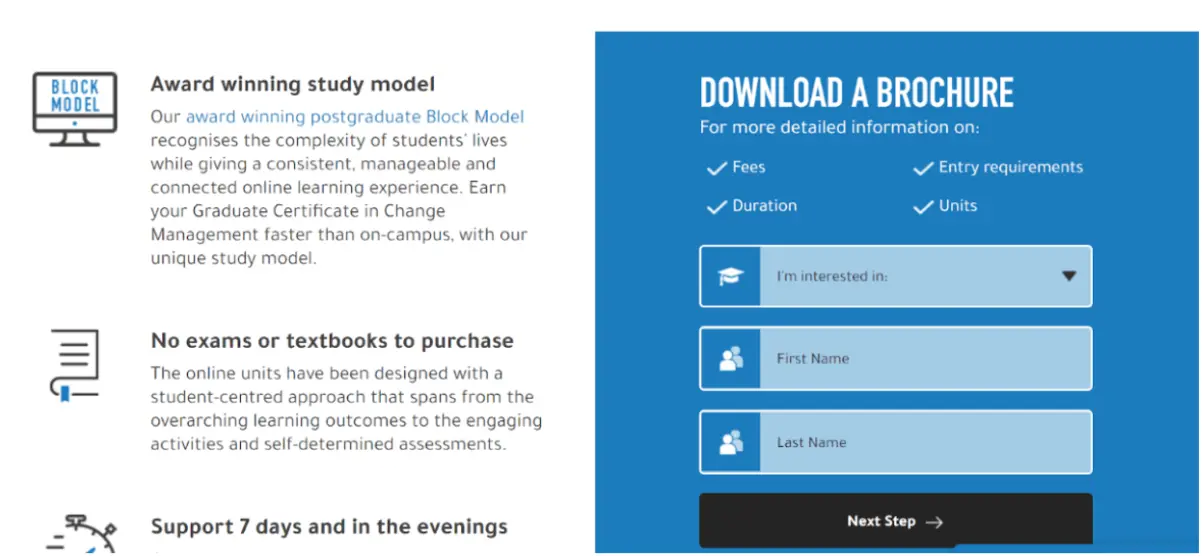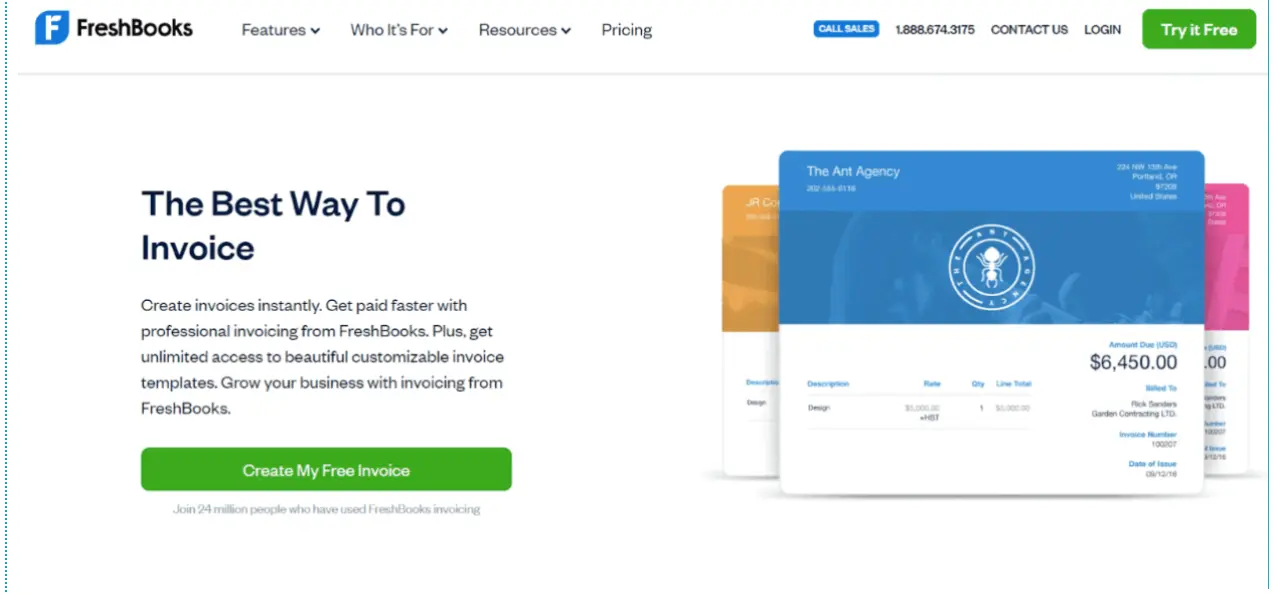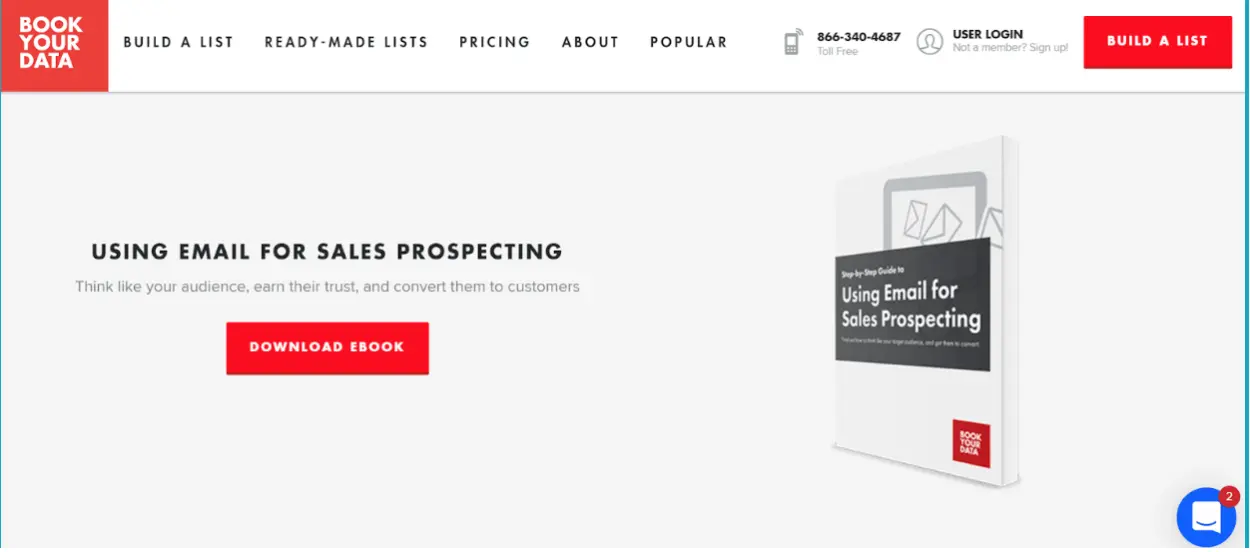As a business owner, building an email list is incredibly important because it can help you collect more leads and it also allows you to build a better relationship with prospects and customers.
But it can be hard to get the number of sign-ups you want from your audience. And you may not even know why people don’t want to join your email list. If you find yourself in this situation, you’re in luck!
In this article, we are going to look into the different reasons why visitors aren’t signing up to receive your newsletter and we’ll show you how to fix that.
Top Reasons Visitors Are Not Signing Up for Your Newsletter
- You aren't offering anything in return
- You've over-complicated the sign-up process
- You don't promote your newsletter enough
- The value your newsletter offers is not obvious
- You must change up your strategy
1. You have to offer something in return
It’s quite rare to see people sign up for a newsletter of their own volition — most people usually want you to give them a solid reason to do so. This is why most companies offer prospects something in return, and this would typically be a lead magnet.
But, to create a lead magnet that converts more visitors into leads, you’ll need to fully understand what your audience needs. So, how can you do that?
One way is by going through the queries that people send to your customer service team. The reason for this is that you can get an insight into the issues that your ideal customers are facing.
And, if you’re able to provide lead magnets that will solve those issues, it’s likely that more people will be encouraged to sign up to your email list so they can get access to your lead magnet.
It’s key that you create a resource that will be genuinely useful to your target audience, so you can ensure you’re only collecting the email addresses of the most relevant people.
To give you an idea of how to create relevant lead magnets, let’s take a look at some websites that are already using this technique.

Victoria University offers various online courses for graduate-level students, and they don’t want prospective students to have to comb through numerous pages of the VU website before they can get all the necessary information they need about a program.
So, the university has created brochures that people can download when they provide their contact details and sign up to the school’s mailing list or contact the school help desk.
These brochures include all of the relevant details about the courses someone might be considering, and you can see an example of this on their VU Online Graduate Certificate in Change Management web page.
Such brochure sample includes details like the fees, entry requirements, course units, and duration of the program.
One thing to note is that they’ve made an effort to take away what could possibly have been hours of tedious research and stress for potential students who won’t mind signing up to the school’s email list as long as it means they’ll get access to this brochure.

FreshBooks is a company that provides accounting software for small and medium-sized businesses.
On their website, they have a strong lead magnet in the form of a free invoice template that is tailored to the needs of their audience so it’s likely that many people won’t have a problem signing up to join their email list to get this in return.
The fact that they’ve created a lead magnet that is very relevant to the services they offer helps ensure that they get the email addresses of prospects who can be nurtured into customers in the long run.
So, don’t forget that, if you also want to create a strong lead magnet that will help you get qualified leads, you need to make sure that it will actually be useful to the ideal customers you want to target.

Finally, Bookyourdata is a lead-generation tool that helps businesses to build email lists that will help them reach their goals.
The company targets business owners who are looking to get the contact information of potential customers so they can convert those people into clients.
And, by creating an ebook that can teach readers how to use these emails for sales prospecting, they’ve provided a strong lead magnet that their audience will find very hard to ignore.
The ebook promises to answer relevant questions like how to create effective emails that will increase engagement, earn people’s trust, and keep them coming back for more.
It provides a lot of value for the company’s website visitors, so it’s likely to attract a lot of people who will be willing to swap their contact details for a copy of the ebook.
On your website, you can also try to create useful lead magnets that will actually provide value for your audience, as this will greatly increase the chances of the right people signing up to your mailing list.
2. You’ve over-complicated the sign-up process
If people are trying to sign up for your newsletter and it’s taking too much time and effort, they might end up not doing it at all.
This means you’ll want to make your sign-up process as simple as possible, so you should start by just asking for your website visitors’ names and email addresses — you may go on to ask for their email preferences after this if you offer more personalized content.
Just remember that, even if your sign-up process is incredibly simple, you won’t want your sign-up form to be boring.
So, make sure you still make it as engaging as possible with your brand’s colors, copy with personality, and a great call to action that’s sure to convince people to sign up.
Now let’s look at an example of a sign-up form that doesn’t appear too complicated so you can get some inspiration on how to keep yours simple.
At Loganix, we offer various marketing services like link building, search engine optimization, and SEO copywriting.
One of the ways we get visitors to sign up for our newsletter is by providing free SEO templates that can help marketers and business owners to perform various tasks like create a content strategy, conduct some keyword research, and put together content briefs.
If you take a look at the sign-up form on the page where we offer these templates, you’ll see that we’ve tried to ensure it’s as simple as possible.
All we ask for is the visitor’s email address and, once they’ve entered that, they’re granted access to a dashboard where they can download the template bundle for free.
Another thing to note is that we’ve also included a strong call to action (CTA) that tells people to download their free SEO templates.
Highlighting the free element is vital for building a mailing list, as it lets customers know you’re going to provide value without them having to make a financial commitment.
3. You don’t promote your newsletter enough
Sometimes, business owners make the mistake of thinking that promoting their brand, and brand advocates' content, a couple of times means all of their website visitors and social media followers have seen it.
But the truth is you’ll typically need to promote something a lot more often if you actually want to see results.
Coschedule, an all-in-one marketing platform, even conducted research to see what would happen if they promoted the same piece of content multiple times and the result was a 3,150% increase in clicks from their social media.
One way to promote your brand’s newsletter is by making your sign-up forms very eye-catching and adding them to any relevant pages of your website.
For instance, you can include sign-up forms in different blog posts and tell visitors to complete the form if they want to be notified when you publish more valuable content. That will help increase customer loyalty.
Also, you could try to regularly promote your mailing list on social media to get more sign-ups from your audience, and this might work differently for each social media platform you’re on.
For example, with Twitter, you can write a tweet that includes the link to your mailing list and then pin that tweet to your profile so new visitors will always see it.
Or you could add the link for your mailing list to your Instagram bio and then post regular Instagram story updates that tell people that they can click on the link to join your email list.
Another tactic is to host a contest or giveaway on social media and then make it a requirement for people to join your mailing list if they want to participate. This can really help to increase your numbers.
4. The value your newsletter offers isn’t obvious
If people don’t know what kind of value your newsletter offers, they might not be so keen to sign up for it.
So, whenever you encourage people to join your mailing list, you should also try to explain exactly what they should expect to get out of it so they’ll be motivated to sign up.
There are different ways you can provide value using your newsletter, and one of them is by curating helpful content that your audience will be interested in, as it relates to your business and niche.
For instance, you could send out newsletters that contain recent studies or surveys about topics in your niche or you could give your subscribers information about any new updates in your industry.
Also, you could try providing exclusive offers through your marketing emails. Or, you could even send your subscribers sneak peeks of upcoming releases or any updates you’re making to your existing products.
Essentially, the people on your mailing list should be getting information and value that they can’t find anywhere else. And, you need to make this clear to ensure more people sign up.
To give you some inspiration, let’s study an example of a site that makes sure to communicate the value of its newsletter.
Hilton Head Realty Sales is a website where people can get access to all the real estate listings in the Hilton Head area. The site also allows visitors to sign up to receive daily email updates.
If you look at their sign-up form, you’ll see that they’ve done a great job of communicating the value that their newsletter offers.
They’ve highlighted the fact that the alerts will offer information about new property listings. But they don’t just stop there — they also let people know that the email alerts provide access to useful information like the price changes of properties that meet their search criteria.
All of these are benefits that would motivate more people to sign up for their email list and, by clearly outlining these perks, the site has positioned itself to collect even more leads from people who would want these updates.
You can also replicate this for your mailing list by making sure you highlight the major value that people will get from subscribing. Is it access to discounts? Or will they be the first to know about new releases?
Let people know what kind of value they’ll be getting as this can motivate them to sign up.
5. You must change up your strategy
There are so many businesses that simply set up their sign-up forms, send out a few social media posts about their mailing list, and then call it a day. These are also the same businesses that won’t get nearly enough sign-ups.
If you’re not getting the number of email subscribers you want, it doesn’t necessarily mean that people don’t want to sign up to your list — it could just mean your strategy might not be quite right.
So, instead of just giving up, try out new strategies that could help increase your conversions.
For instance, you could move your sign-up form around your website or try testing a pop-up that asks people to join your mailing list.
Like we mentioned earlier, you can also post about your mailing list on different social media platforms to encourage more sign-ups from your followers.
Another tactic to try out is offering different lead magnets like free slide templates, checklists, ebooks, or even free consultation calls in return for your ideal customers’ contact details.
And, as you test out these strategies, you’ll also want to keep track of the result you’re getting.
This means you’ll want to take note of the number of sign-ups and where they are coming from. This will help you figure out which tactics work better than others and which ones need some tweaking.
Summary
In this article, we’ve covered five different reasons people might not be signing up for your newsletter.
And, we’ve also looked at how to fix them. Building an email list is important for running a successful business, so the sooner you implement the advice we’ve given in this guide the better.
If you’d like more tips and tricks for growing your business, make sure to follow the POWR blog for more helpful information.
Author Bio
Alex Ratynski is a Content Strategist at Loganix, an SEO fulfillment partner that works with agencies and marketers. The company focuses on helping businesses to improve their online visibility, so they can grow and reach their goals. If you enjoyed this article, visit the Loganix blog for more expert advice.


